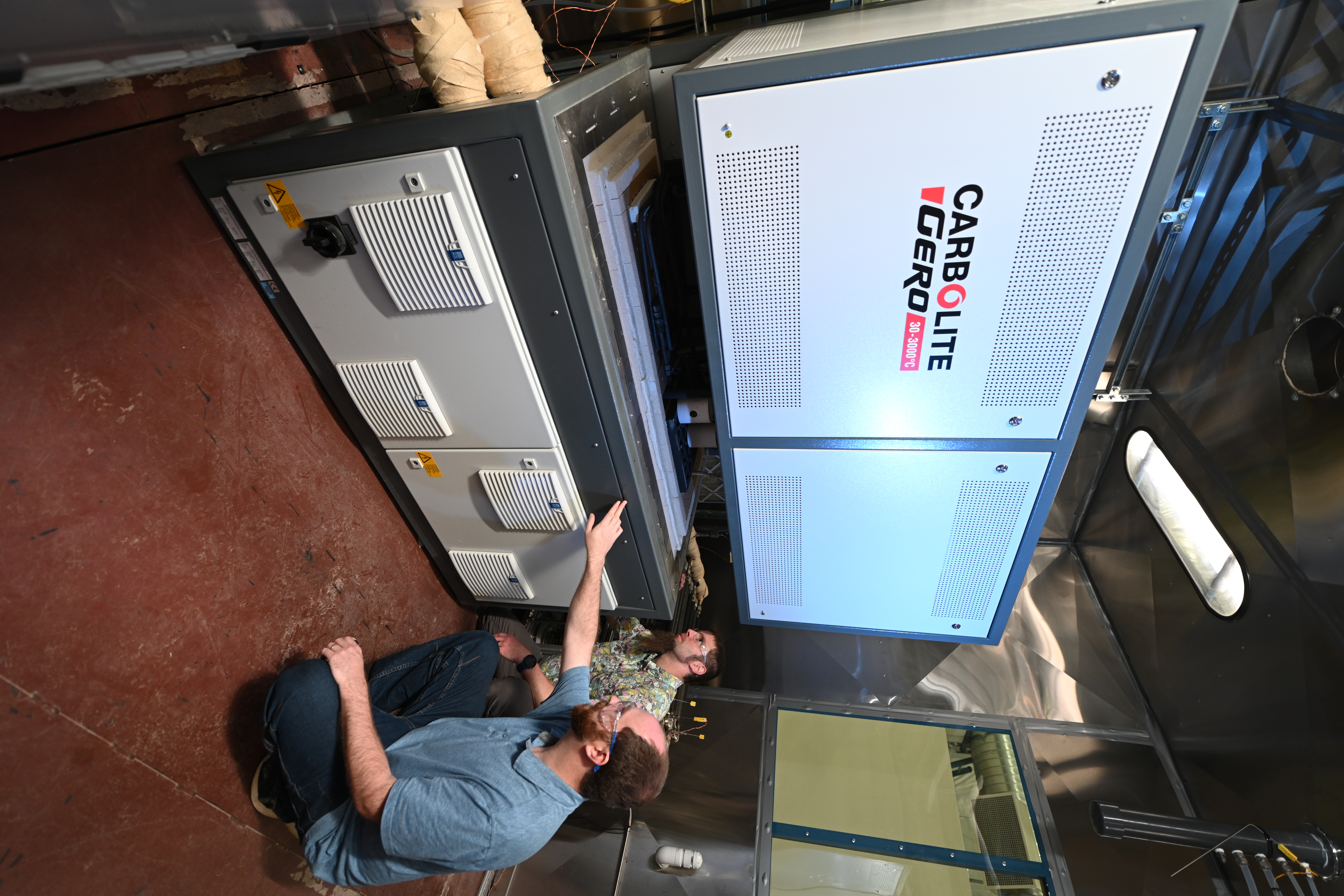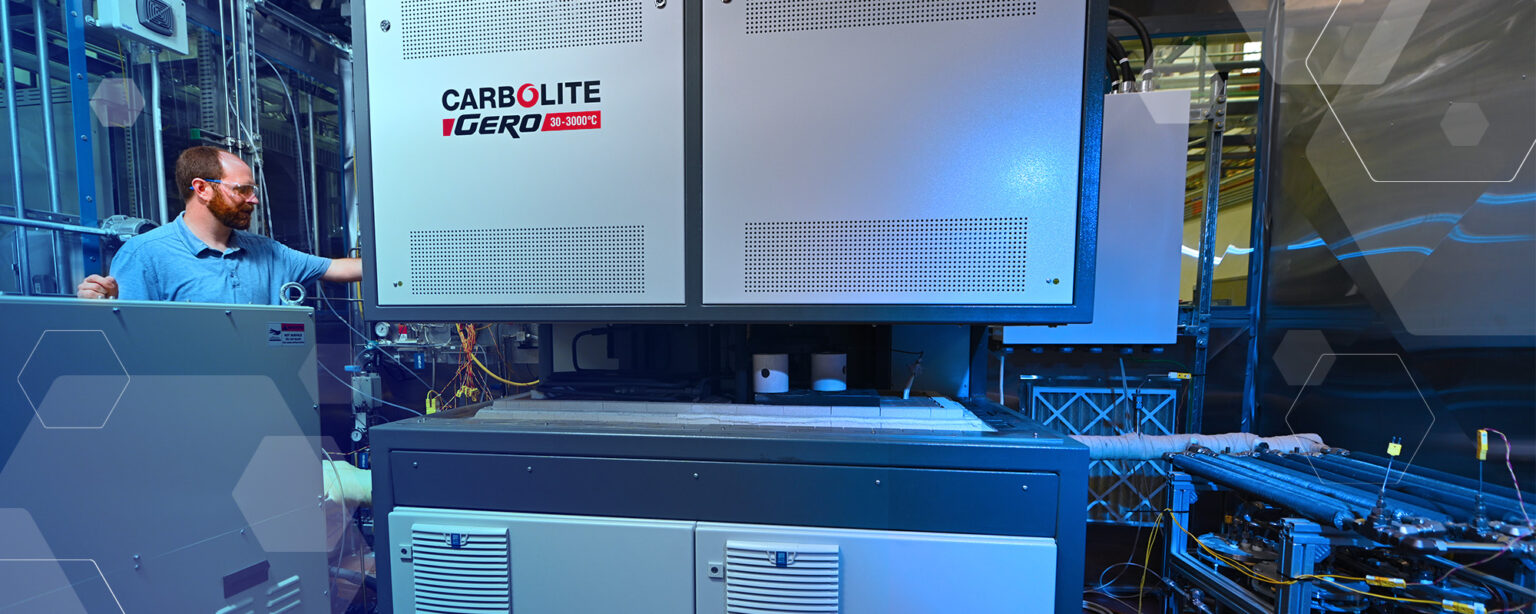Idaho National Laboratory (INL) and Arizona State University (ASU) have agreed to expand their joint efforts in clean energy research for the next five years. An agreement signed in October establishes a framework for both institutions to develop low-carbon processes for the energy and manufacturing sectors.
One joint project works to improve and decarbonize methods to extract critical minerals needed for renewable energy generation, energy storage and high-tech electronics. Another effort will develop solutions to electrify process heating, a major pathway to decarbonizing heavy manufacturing.
Researchers from INL and ASU have previously collaborated on efforts ranging from solar thermochemical hydrogen production to making congested electrical transmission lines more efficient. The new document formalizes the parties’ interest in developing and improving applied and advanced energy technologies and infrastructure.
Possible fields of research listed in the agreement include cybersecurity, national security, advanced manufacturing, electrification, decarbonization, critical minerals and materials, power grid management and stability, electrical energy storage, thermal energy storage and conversion, microelectronics research, analytical chemistry, and materials science and engineering.
“ASU is one of the most rapidly growing research universities in the U.S.,” said Todd Combs, INL associate laboratory director for Energy and Environment Science & Technology. “We look forward to working with their faculty and students to create transformative clean energy solutions.”

The arrangement, a memorandum of understanding, is a written agreement between two parties that expresses their aligned will and outlines a common line of action. In the world of agreements, it is less formal than a contract but more binding than a handshake. Counting ASU, INL now has agreements with six universities across the United States.
The new arrangement with ASU is special for a few reasons, said INL Directorate Fellow Seth Snyder. ASU is classified as an R1 research institution, an elite designation given to universities with exceptionally high levels of research activity. Of the nearly 4,000 degree-granting institutions across the U.S., only 146 held the designation in 2021.
At its Ira A. Fulton Schools of Engineering, ASU has the largest student body population of any engineering school in the U.S. It is also a minority-serving institution (MSI). Through presidential executive orders and special legislation enacted over the past 20 years, MSIs have had access to Interior Department funds and other federal resources to help students overcome racial discrimination and limited economic opportunities.
“This is a unique opportunity for INL to collaborate with academics and industry,” Snyder said. “It will establish a strong and ongoing collaboration and bring us into new relationships with highly motivated and talented people.”
INL and ASU are also involved in Electrified Processes for Industry Without Carbon (EPIXC), a new $70 million Clean Energy Manufacturing Innovation Institute that DOE announced in May as part of its Manufacturing USA initiative. EPIXC’s mission is to achieve net-zero carbon dioxide emissions in the hard-to-decarbonize chemical, petroleum, cement, food and forest product sectors. Additional components of the program include workforce training and development and environmental justice.
NEWS MEDIA CONTACTS:
Michelle Goff, (208) 932-6581, [email protected]
Sarah Neumann, (208) 520-1651, [email protected]





